
Employee Spotlight #7 – It is our pleasure to shine the spotlight on David J. Lombardo, P.E., Associate.
David’s career in engineering began in 1994. Directly out of college, he started a job with Roald Haestad, Inc., learning the water and wastewater aspects of civil engineering with a specific emphasis on Pump Station designs and construction oversight. In 2014, Tata & Howard acquired Roald Haestad, Inc., and David joined the Tata & Howard team.
His experience with Pump Station designs has been extensive, ranging from small to very large and complex. David summed up his experience by saying, “the unique challenges of the modern-day pump station design always comes down to the fact that no two pump station designs are identical; each has its own parameters and challenges.”
He shared that project considerations are many when designing a pump station beyond the water demands and pump capacities; other factors such as space availability, safe access, durability, low maintenance, upgradeability, etc., while balancing the client needs and staying on budget.
David shared that one pump station design project was particularly challenging due to limited land availability; Eventually, a house foreclosure in the area allowed the project to move forward. The design maintained the outer façade of the house with interior modifications that included gutting the inside and casting concrete floors to convert the interior into a potable water pumping station complete with four pumps, associated piping, electrical equipment, instrumentation, and controls.
The design included converting an attached garage into a standby power generator room equipped with acoustic louvers in the walls for cooling and combustion and lined with sound deadening insulation to minimize generator noise from reaching the neighbors. This above-ground replacement pump station allows easy access and enhanced safety while blending in with the neighborhood aesthetics.
David’s passion and experience for pump station designs continue to expand, building upon what he shared at the beginning of this spotlight, “the unique challenges of the modern-day pump station design always comes down to the fact that no two pump station designs are identical.” Thanks for sharing David!
Let’s Connect:
David J. Lombardo, P.E., Associate
37 Brookside Road, Waterbury, CT 06708
E – dlomardo@tataandhoward.com | P – 203-528-0263

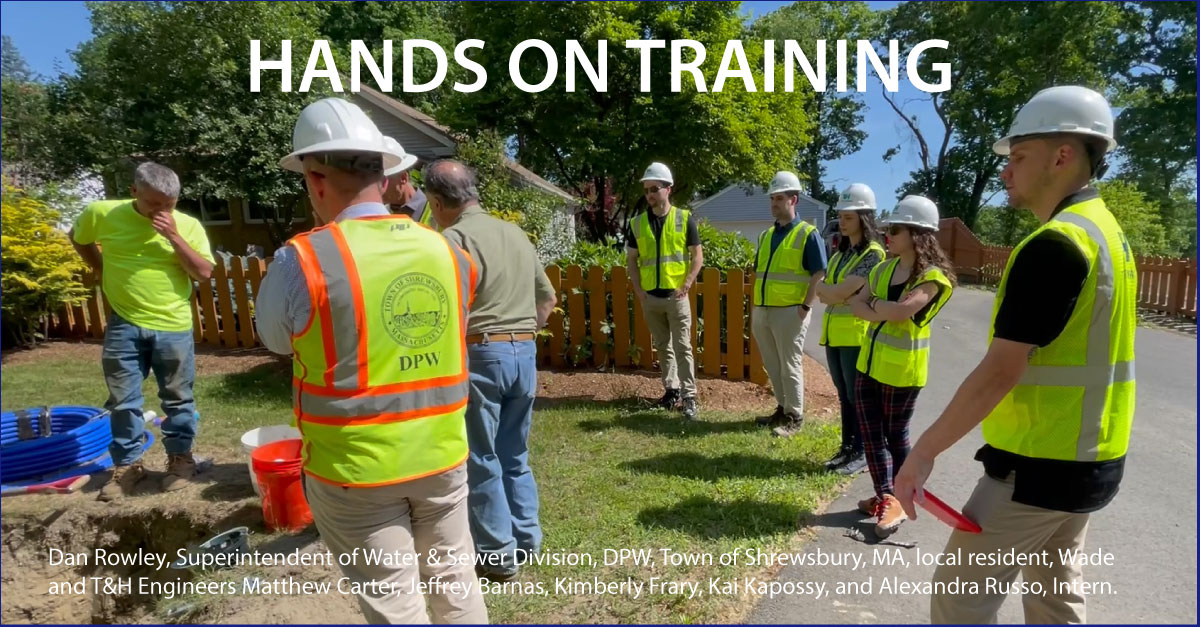

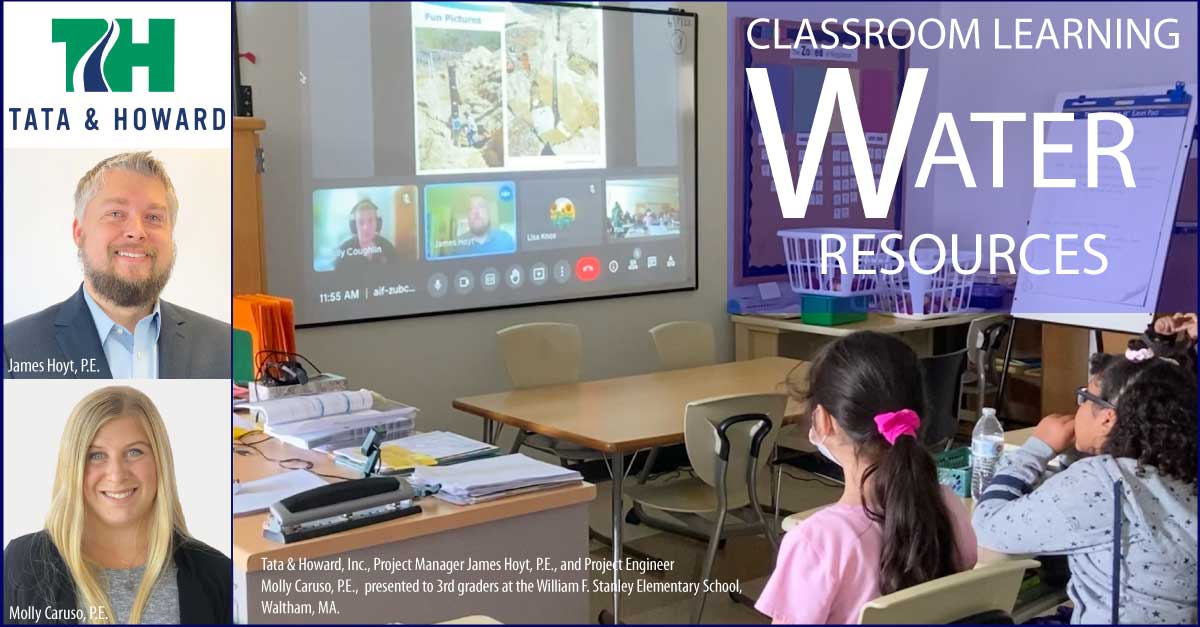



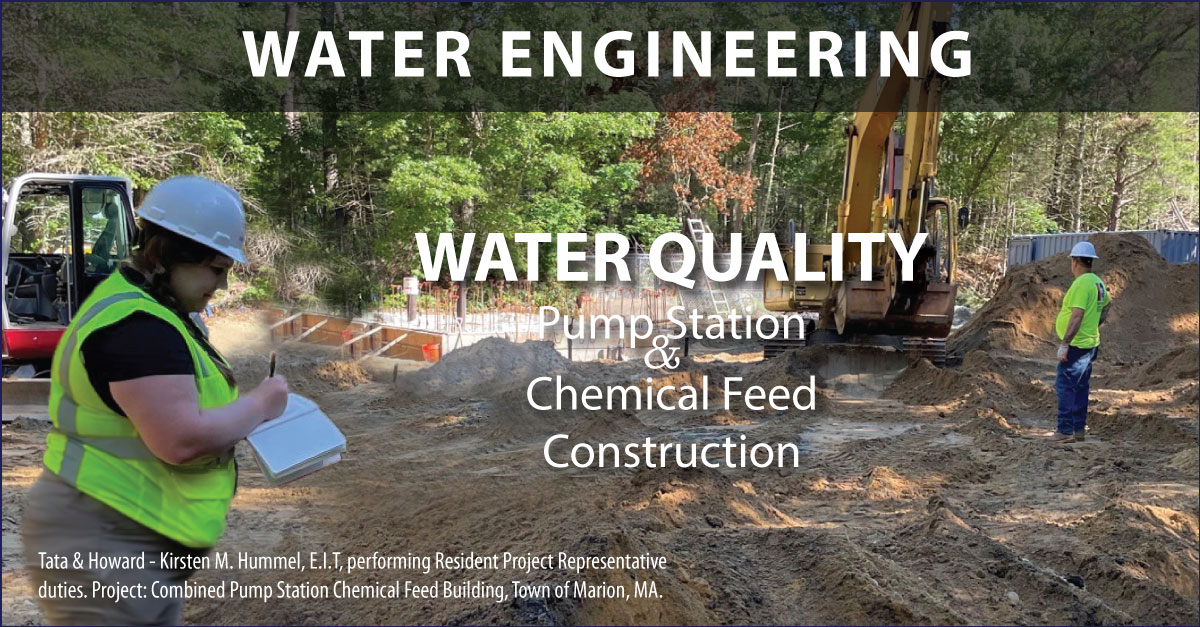








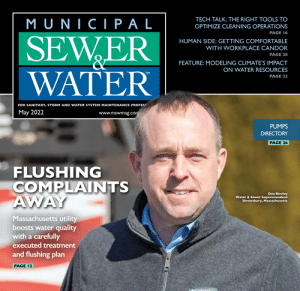
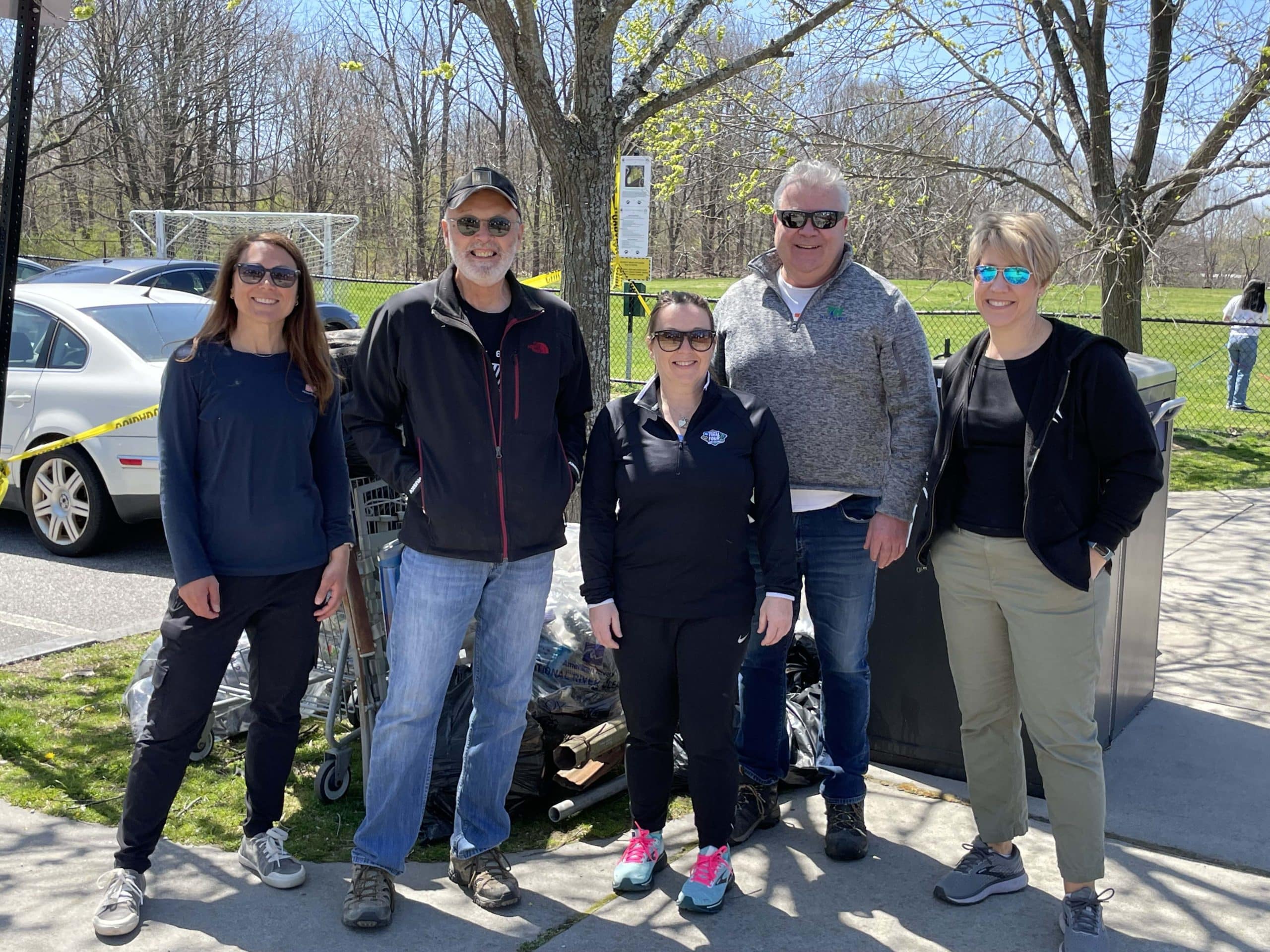
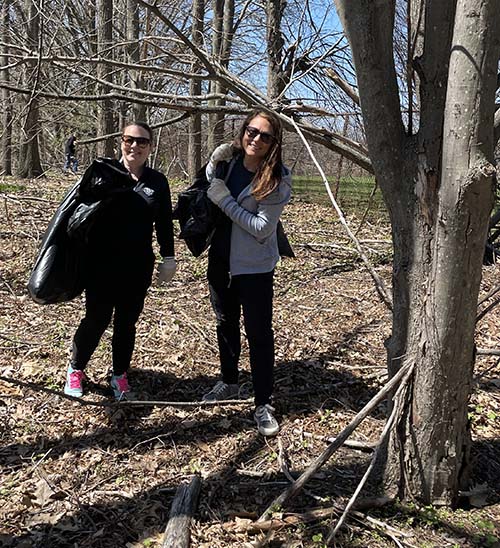

 Tata & Howard is pleased to announce that Ryan Pearl and Jacob Byron from Marlborough High School are the winners of the 2021 Donald J. Tata Engineering Scholarship Awards.
Tata & Howard is pleased to announce that Ryan Pearl and Jacob Byron from Marlborough High School are the winners of the 2021 Donald J. Tata Engineering Scholarship Awards.